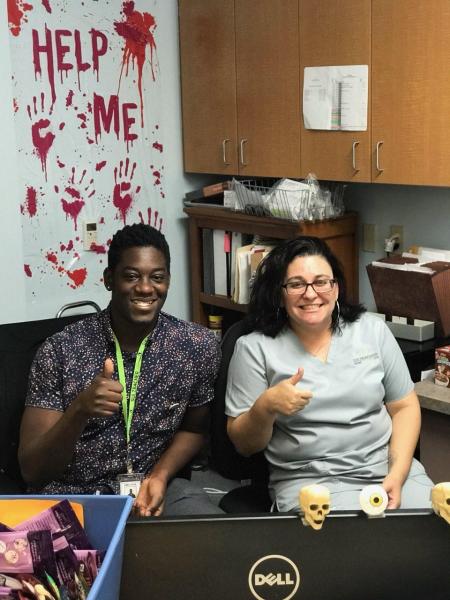What is service, and is it worth it?
One topic we covered during the first two weeks of National Health Corps Pre-Service Orientation was the concept of service as a whole, and how it can be defined in many different ways according to personal philosophy. How valuable is giving $50 to the Red Cross? Can chaining yourself to a tree to protest deforestation be considered service? Is it more worthy to volunteer serving food at a homeless shelter than it is to teach a class on STD prevention?
While there may not be a single correct answer to these questions, the process of grappling with them and others led me to a book by William MacAskill called Doing Good Better, which talks about a concept called “effective altruism”. Though the altruism aspect of this term is self-explanatory, MacAskill defines the “effective” part as doing the MOST good with whatever resources you have. This distinction is important as it means you’re not just trying to  make a difference, but rather you’re trying to make the BIGGEST difference you can. The book goes on to cover 5 key questions that we should consider when determining whether the service we are doing qualifies as effective altruism. These include:
make a difference, but rather you’re trying to make the BIGGEST difference you can. The book goes on to cover 5 key questions that we should consider when determining whether the service we are doing qualifies as effective altruism. These include:
1. How many people benefit, and by how much?
2. Is this the most effective thing you can do?
3. Is this area neglected?
4. What would have happened otherwise?
5. What are the chances of success, and how good would success be?
Currently, I serve as a medical eligibility coordinator at the Sulzbacher Center, one of the largest comprehensive care facilities in Jacksonville that caters significantly towards homeless individuals. Although I’ve only been serving here about a month so far, patients have told me the population we serve with would often find it extremely difficult to find affordable medical services and medications elsewhere. And this is without taking into account that many of them have difficulty even getting transportation to their appointments in the first place. Consequently, by the end of the average day, I feel like the things I accomplished actually had a meaningful and tangible impact, and this contributes to why I enjoy serving here at Sulzbacher.
One example of accomplishing something I felt may not have been done otherwise came during my 3rd week of service. During some time when I wasn’t seeing patients, I noticed that not all of our forms to sign patients up for direct relief medications were translated into Spanish. So with the help of one of the receptionists and my supervisor, I made a new Letter of Support sheet in Spanish so that patients could understand the requirements better. As a result, several patients have brought them back in order to become eligible for services and medications, as well as expressed gratitude for me attempting (poorly) to communicate with them in their native language.
Is it practical to worry about whether every act we do to help others meets every one of the five criteria listed to a tee? Probably not. But, we can grow a little by keeping these general ideas in mind when considering when and how we choose to spend our time giving back and serving the community.

This blog was authored by NHC Florida member Moses Marandet
Moses serves at I.M Sulzbacher as a Patient Navigator.